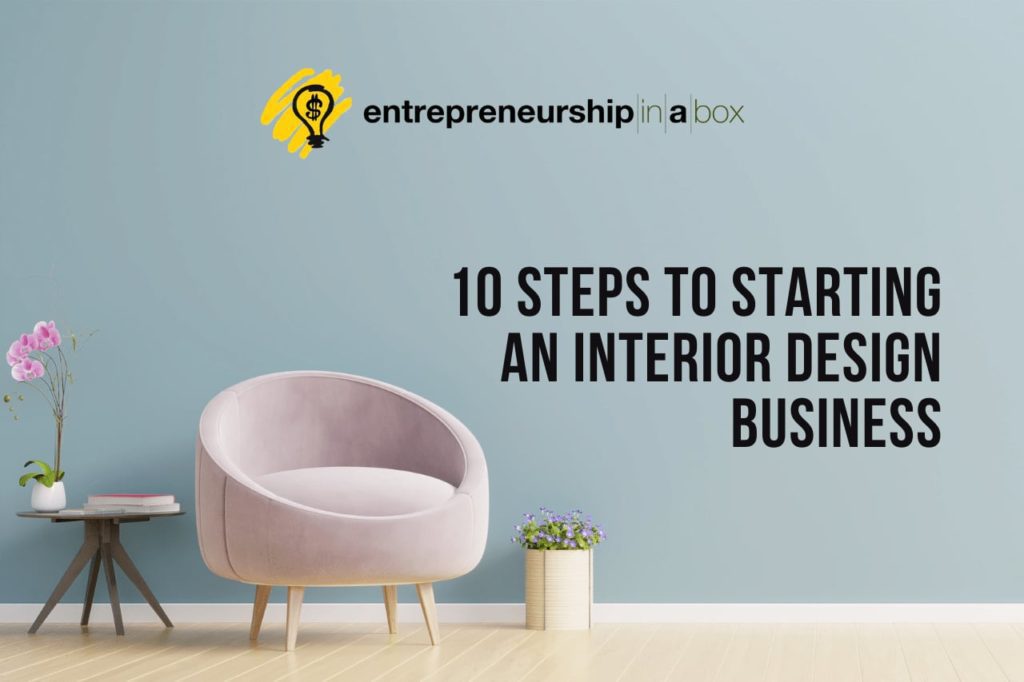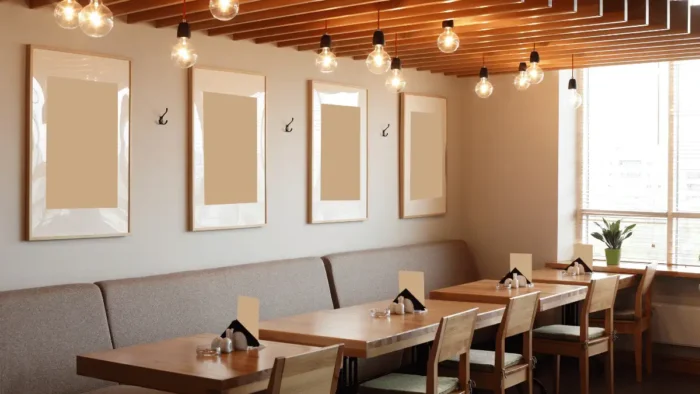Designing an interior space that is not only beautiful but is also functional requires a unique skillset. For people who have the necessary knowledge, creativity, and motivation, as well as the required business skills, starting an interior design business is the ideal career choice.
However, starting any business from scratch is a big challenge, especially when you have little to no commercial experience. When the business you are trying to start is based on your creativity, it can be even harder to convince others to take you seriously. If you are ready to launch your own business in interior design but are not sure how to get started, here are 10 steps to help you.
1. Decide on your services
Not all interior designers offer the same services, and it is important to be realistic about what you are willing and able to do. For example, some designers focus on kitchens, bathrooms, commercial spaces, or entire homes, but whatever you choose, make it clear what you are offering from day one. You might choose to handle entire projects from concept to completion, or you might focus on a particular stage in the process such as mood boards, 3D renderings, or sourcing supplies.
2. Identify your style
Interior designers are creative people, and they tend to have their own sense of style and personal design preferences. Whether you prefer modern, rustic, traditional, or quirkier interior design, embrace it and make it your own. While it is great to be versatile, you are more likely to be successful when you work on projects that you are passionate about. Clients will respond well to a designer who knows their own style and is confident, as opposed to one who tries to change to suit a brief. Consider the size of property that you want to work on, as well as the type of customer that you would like to target, e.g., families, couples, young professionals.
3. Register your business name
Deciding a name for your business is one of the most exciting parts of starting your own venture. Your name should be simple, memorable, and unique, but also clearly tell people what you do, i.e., include the words “interior design” or similar. When you have chosen a name, you need to register it, choose a business structure, make sure you have all the required licenses and permits, and understand your tax obligations.
4. Design your website
In order to convince people that you can do a great job at designing their home, you need to show that you have designed a stunning website. You can create a simple website yourself, but unless you have experience in website design, it is often best to work with a professional on the technical design and consult with an SEO specialist. To get started you will need a web hosting platform and a domain name that is very close to your brand name. Fill your website with beautiful imagery, customer testimonials, information about your experience, style, and services, and contact information.
5. Collate your portfolio
As you embark on your career, you may not have an extensive portfolio to show off, but that does not mean that you cannot make a start. In your initial portfolio, you can present images of your own home, or of interior design, you have worked on for friends and family. With high-quality interior design software, you can create 3D renderings of spaces, but it is important to know which interior design features to look for. Mood boards can also be effective when presenting an overall theme or aesthetic you have designed. With each new client, you work for your portfolio will organically expand.
6. Set your prices
Deciding how to charge for your services can be tricky, but the best place to start is with some research into what other designers are charging in your local area. You may need to start out slightly cheaper as you are just starting out. Some designers charge an hourly rate, while others charge a fixed rate per project, a percentage of the overall cost of the project, or cost per square foot. You should always have a contractual agreement in place before starting any project.
7. Market your business
With a stunning website in place, it is time to market your business to attract customers. There are numerous ways to promote your website and raise awareness of your brand, but it can be a daunting prospect for beginners. Effective tactics include being active on social media (engaging with others and sharing unique content), optimizing your website to appear at the top of search engines, writing a blog, handing out printed business cards and marketing collateral, and paid digital advertising. You should also join relevant professional associations and attend trade shows where you can network with industry professionals.
8. Choose a work space
Renting or buying office space is not often possible for start-ups, so you will probably be working from home in the early stages. Even so, it is important to have a dedicated workspace where you can be creative. If you will be working from home, set up a spacious and tidy desk with your computer in a well-lit area where you will not be distracted. When you need to work with others or meet a client, you can always meet via a video call, rent office space for the day, or even meet in a coffee shop.
9. Establish relationships with contractors and suppliers
Interior designers need to establish strong relationships with the contractors and suppliers who will bring their vision to life. The suppliers and contractors that you need will vary depending on the projects you will be taking on, but they should all be reliable and professional in their approach. Be sure to establish plenty of connections in order to ensure you have options when it comes to pricing and style.
10. Collect testimonials and reviews
Now that your business is up and running, you need to build your reputation and widen your customer network. You can encourage word-of-mouth recommendations, but it is also important to collect and promote positive feedback and testimonials in your marketing. Testimonials can be highly persuasive when a potential customer is deciding whether to use your services or not, so be proactive about encouraging and recording positive feedback.





